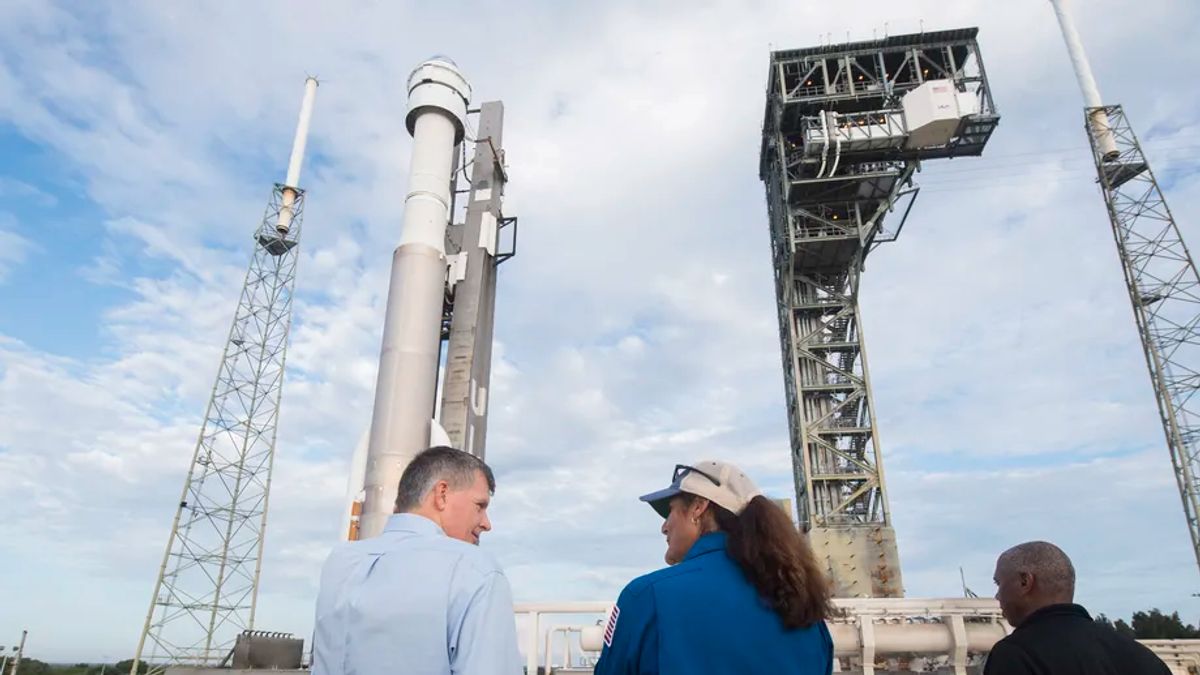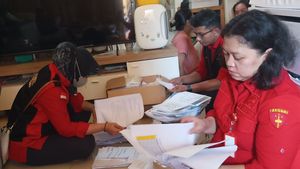JAKARTA - Boeing has postponed the test launch of its unmanned Starliner astronaut capsule. The delay was caused by a technical problem that arose after a thunderstorm on Monday, August 2. The mission team was looking into whether the issue could be resolved in time for the next possible launch of the Starliner on Wednesday, around noon, but Boeing ruled it out on Tuesday night.
"We will let data lead our work," Starliner Boeing manager John Vollmer said in a statement. "Our team has worked diligently to ensure the safety and success of this mission, and we will not launch until our vehicle is performing well and our team is confident it is ready to fly."
During a routine engineering check the day before the planned Starliner launch, engineers noticed the positions of some valves in the Starliner's propulsion system appeared out of place, Boeing said, adding that the problem was detected "after yesterday's electrical storm in the Kennedy Space Center area."
The Starliner is scheduled to launch aboard a United Launch Alliance Atlas V rocket on Tuesday at 13:20 ET. But now, after engineers spent most of Tuesday investigating the matter. Boeing said its next step would involve launching the Starliner rocket back into its integration tower for further inspection.
Ruling out a software glitch as the cause of the Starliner's valve woes, Boeing has indicated that the mystery lies somewhere in the spacecraft's hardware. Engineers "have ruled out a number of potential causes, including software," according to the company.
Additional time was required to complete the assessment and, as a result, NASA and Boeing did not go ahead with Wednesday's backup launch opportunity.
Launching the Starliner is a test mission with no humans on board. The mission is ready to fly to the International Space Station (ISS), demonstrate clean docking procedures, and remain docked for approximately ten days before returning to Earth.
The mission comes more than a year and a half after Boeing's first orbital Starliner test failed to reach the station and return home earlier than planned in 2019.
“Scrub” (the term for the delay), Tuesday's launch, marks the second for the Starliner so far. The spacecraft was originally set to fly into space on Friday, July 30.
But an accident involving Russia's new science module on the ISS forced Boeing to delay the launch until Tuesday as NASA made sure the space station was safe and ready for the arrival of the new spacecraft. It's unclear when Boeing and NASA will be ready to try launching the Starliner again.
The English, Chinese, Japanese, Arabic, and French versions are automatically generated by the AI. So there may still be inaccuracies in translating, please always see Indonesian as our main language. (system supported by DigitalSiber.id)













